In California, a bustling Burger King franchisee finds himself in a whirlwind, hurrying to cut costs due to the state’s new $20 minimum wage for fast-food workers.
“We can’t move fast enough on this,” Harsh Ghai told Business Insider, as the race against rising wages kicks into high gear.
Pushing for a Digital Future
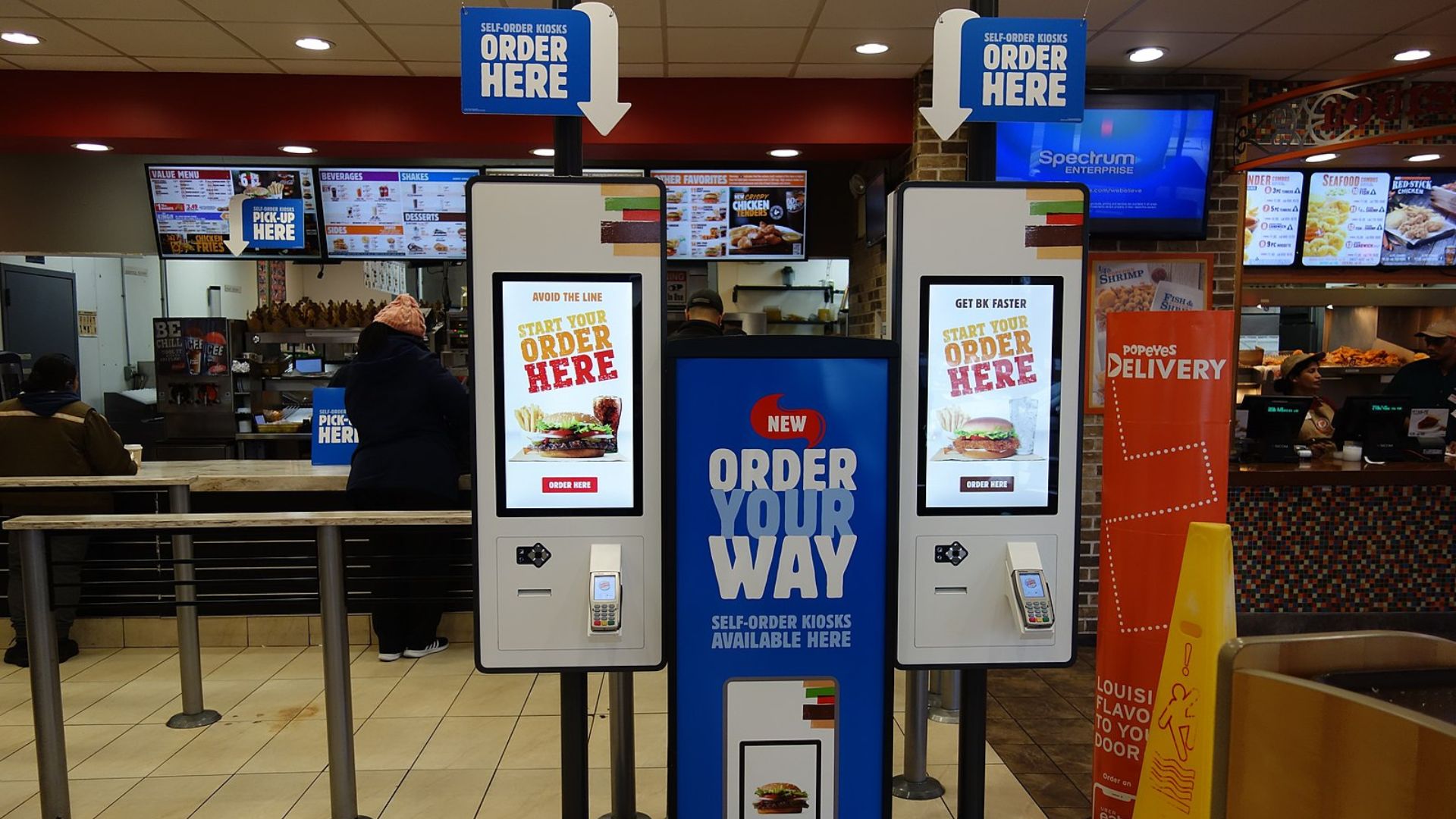
Digital order kiosks are sweeping through Burger King locations as Ghai scrambles to implement them across his empire.
“We have kiosks in probably about 25% of our restaurants today,” Ghai revealed, aiming to fit the remaining 75% in the next 30 to 60 days.
Burger King’s Big Bet on Automation

With a vast network of about 140 Burger Kings, plus Taco Bell and Popeyes spots, Ghai is on a mission.
He plans to introduce kiosks in every single restaurant, transforming how customers order their meals.
Price Hikes Amid Wage Pressures

To manage the ballooning labor costs, Ghai has been forced to raise his menu prices substantially.
“In a typical year we’d raise prices by 2% to 3%, but this last year it’s been between 8% and 10%,” he stated, emphasizing the financial squeeze.
Tech as the Solution
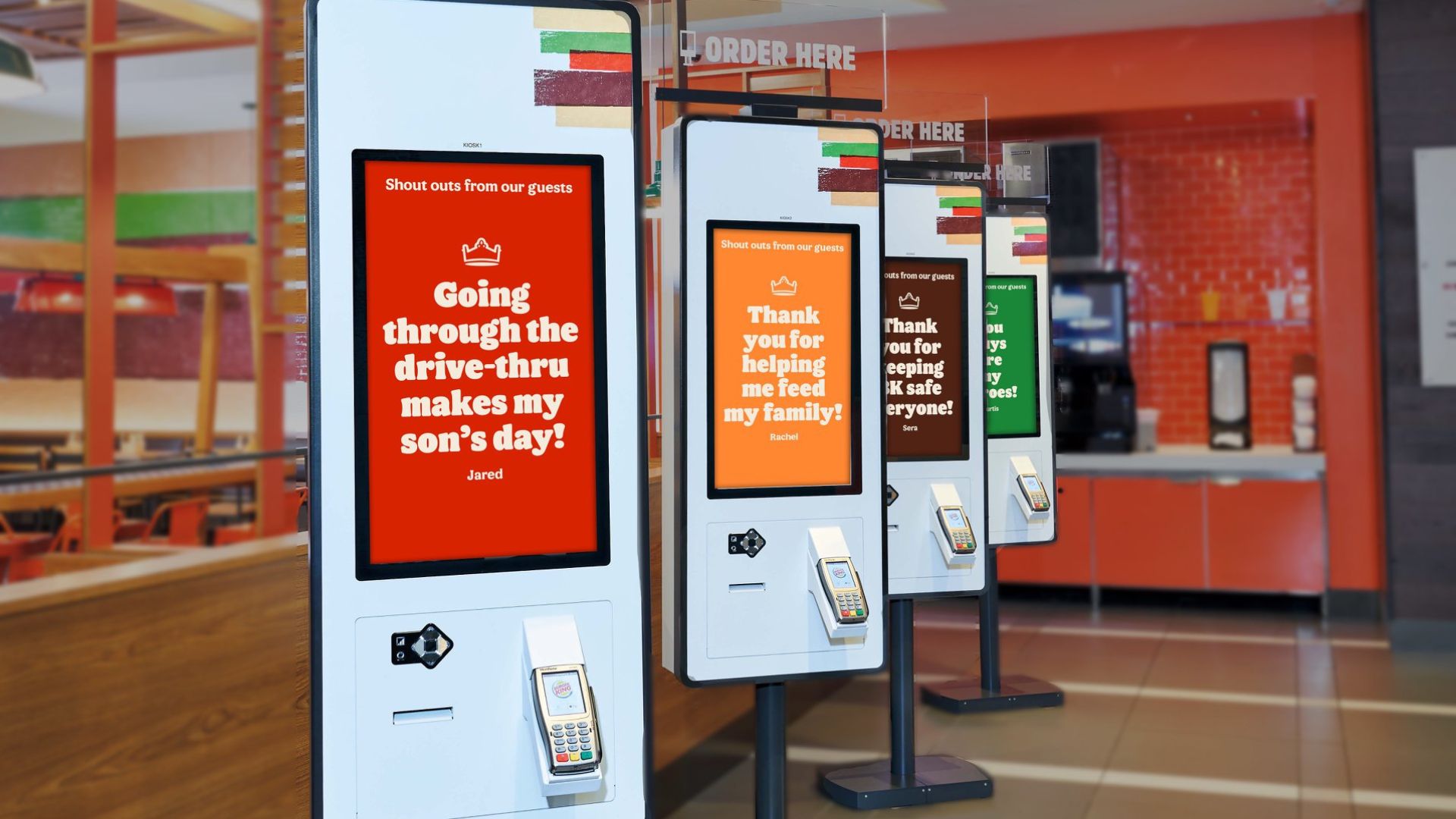
As prices peak, Ghai is banking on technology to balance the books.
Kiosks not only cut costs but boost order accuracy and customer spending—proven by Shake Shack’s success with this profitable channel.
Holding the Line on Further Price Increases
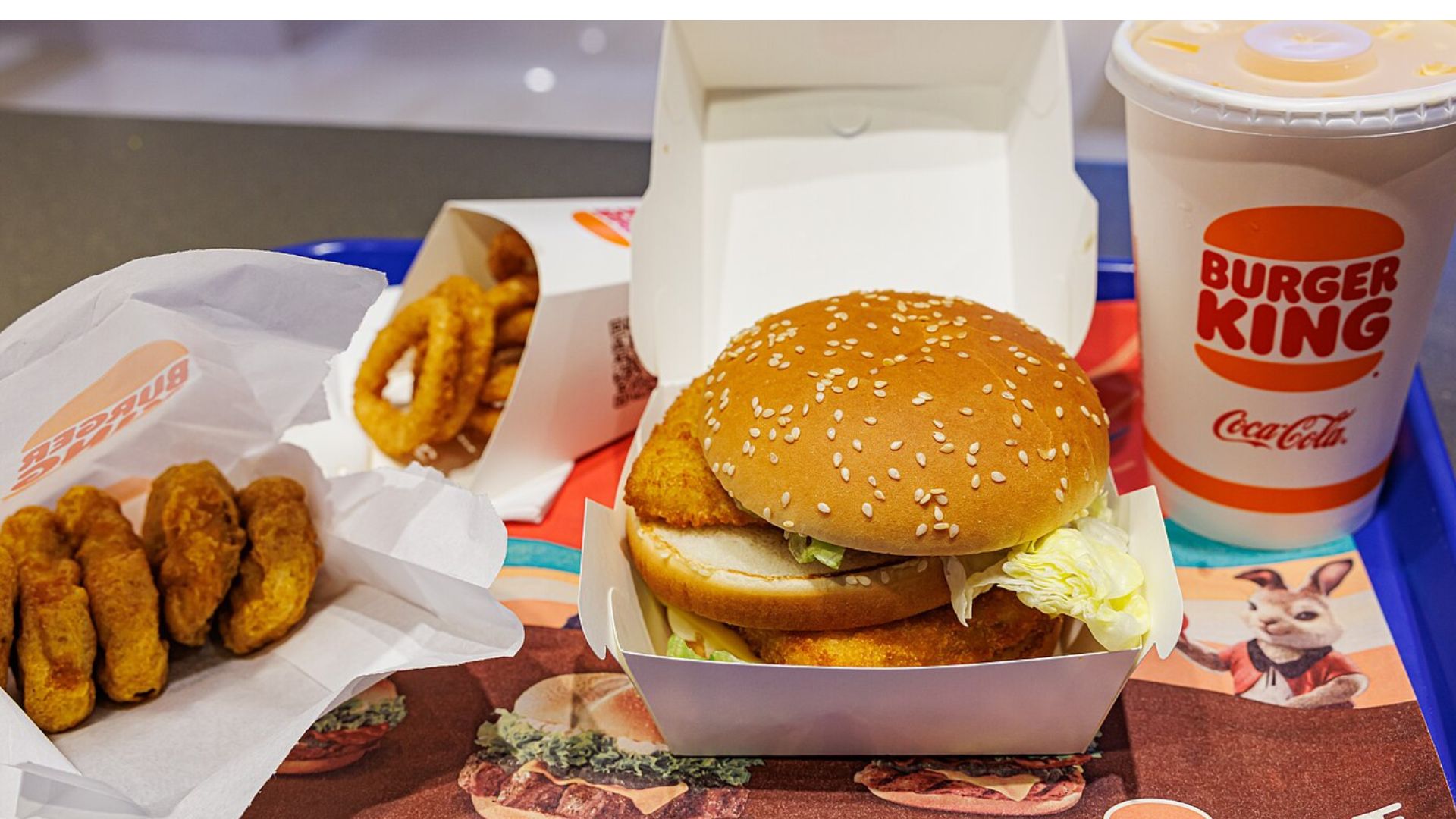
Despite the recent price increases, Ghai draws the line. “I can’t take more price than that,” he said, “Anything more than that is going to result in [a] significant impact to our traffic.”
The focus now? Streamlining operations without additional hikes.
Cutting Corners Creatively
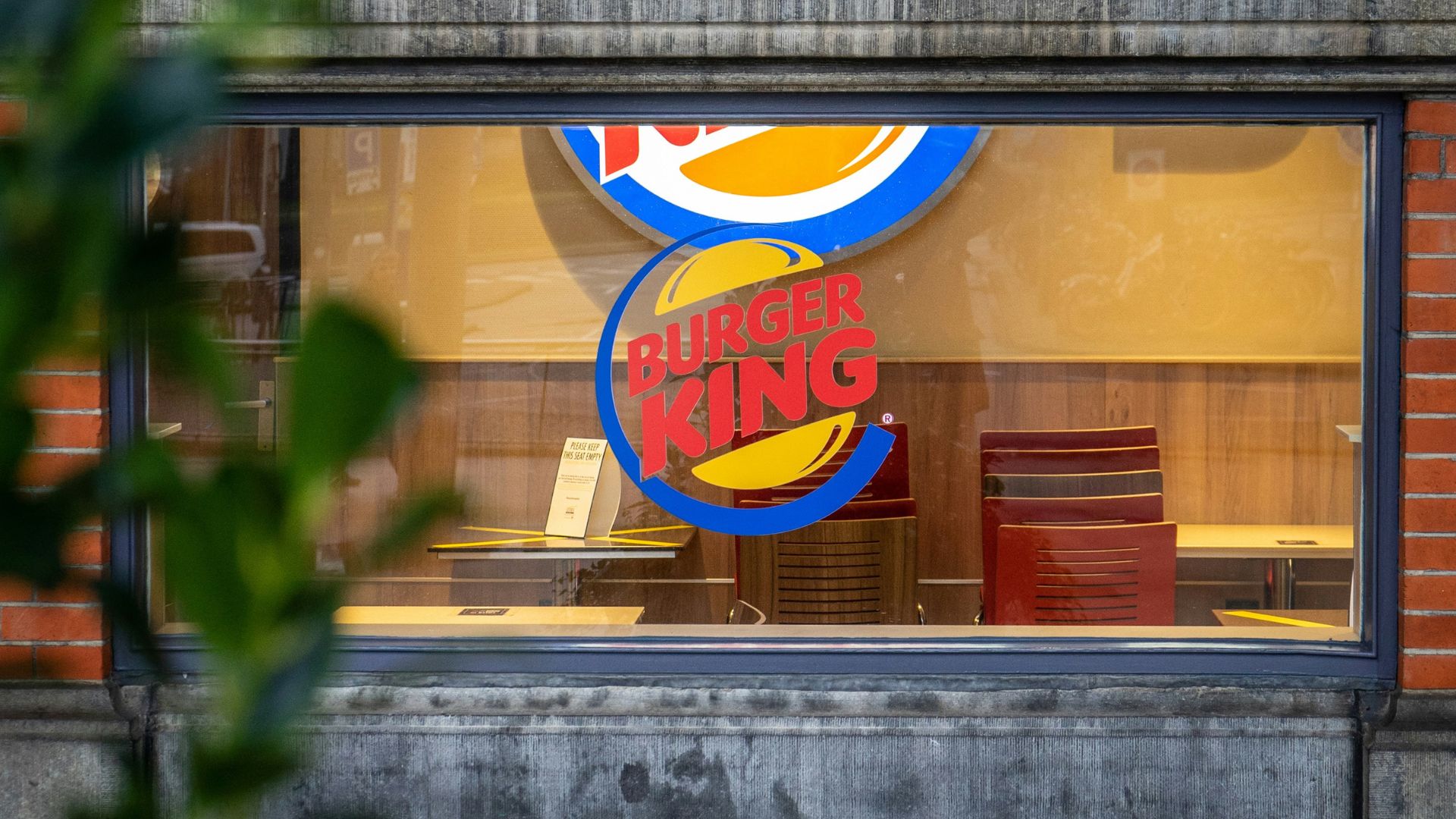
To combat the wage increase, Ghai’s strategy includes more than just automation.
Trimming workers’ hours, pausing new restaurant developments, and scrapping overtime are on the table too, Business Insider reports.
Adapting Quickly to Legislative Changes
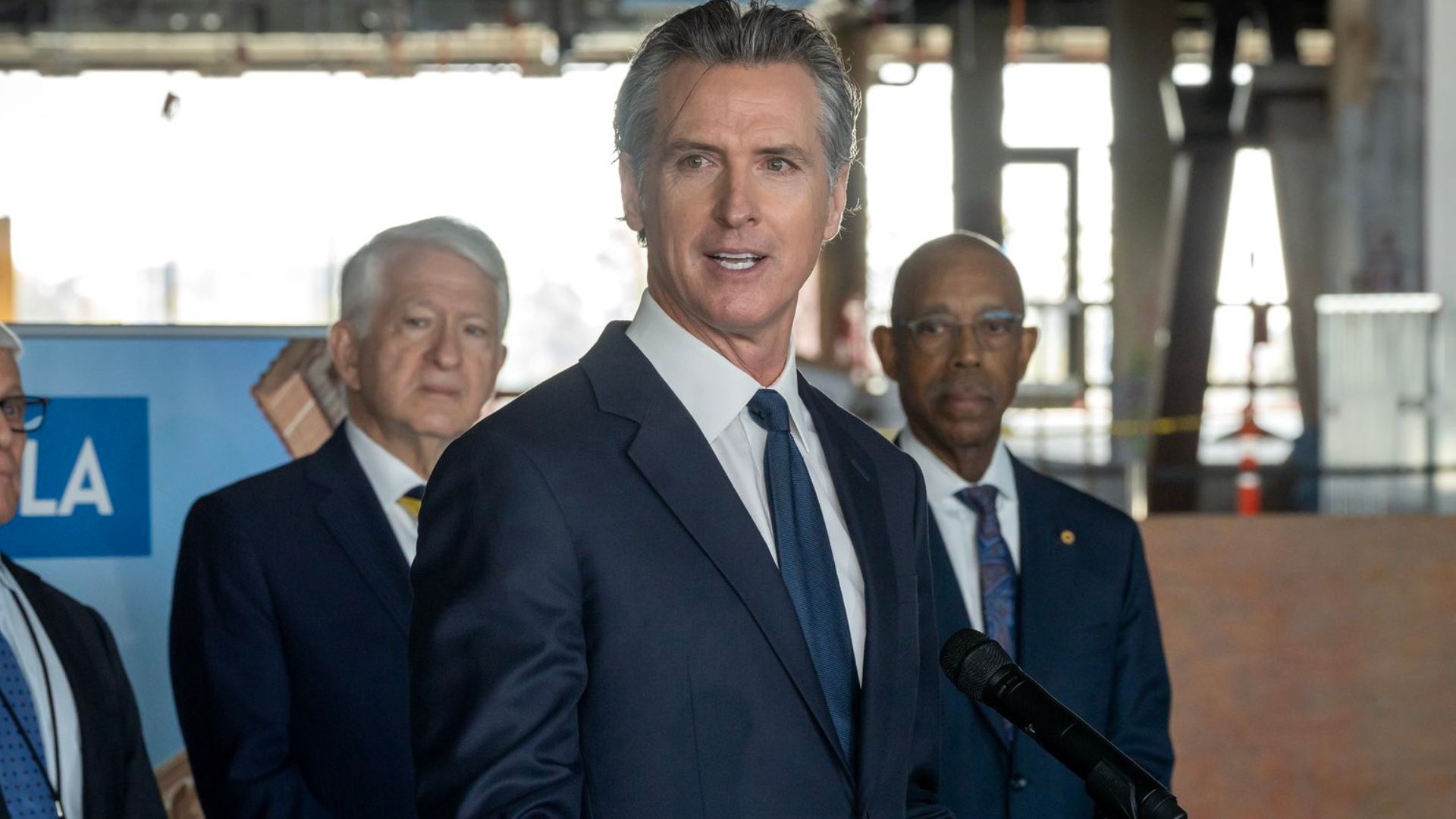
Previously, adding kiosks was a slow and steady plan tied to new or remodeled restaurants.
“But now we are just going ahead and installing the kiosks in every single restaurant in response to the legislation,” Ghai explained.
A Calculated Move
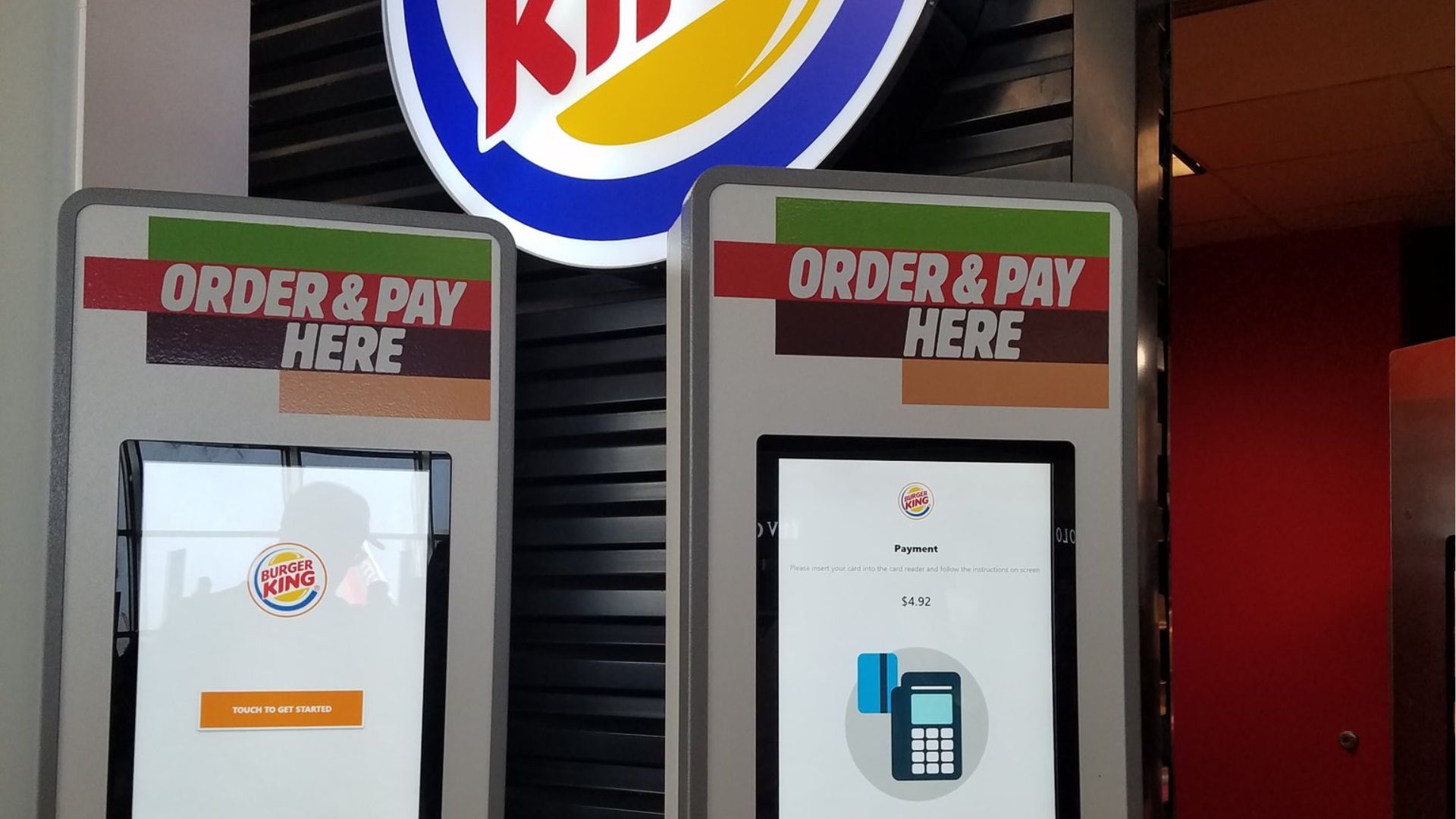
Ghai isn’t just reacting on impulse.
“We’ve done the financial analysis and it makes more sense for us to spend the capital expenditure on the technology,” he said, highlighting the cost-effectiveness of bulk buying tech hardware.
A Full-Scale Rollout
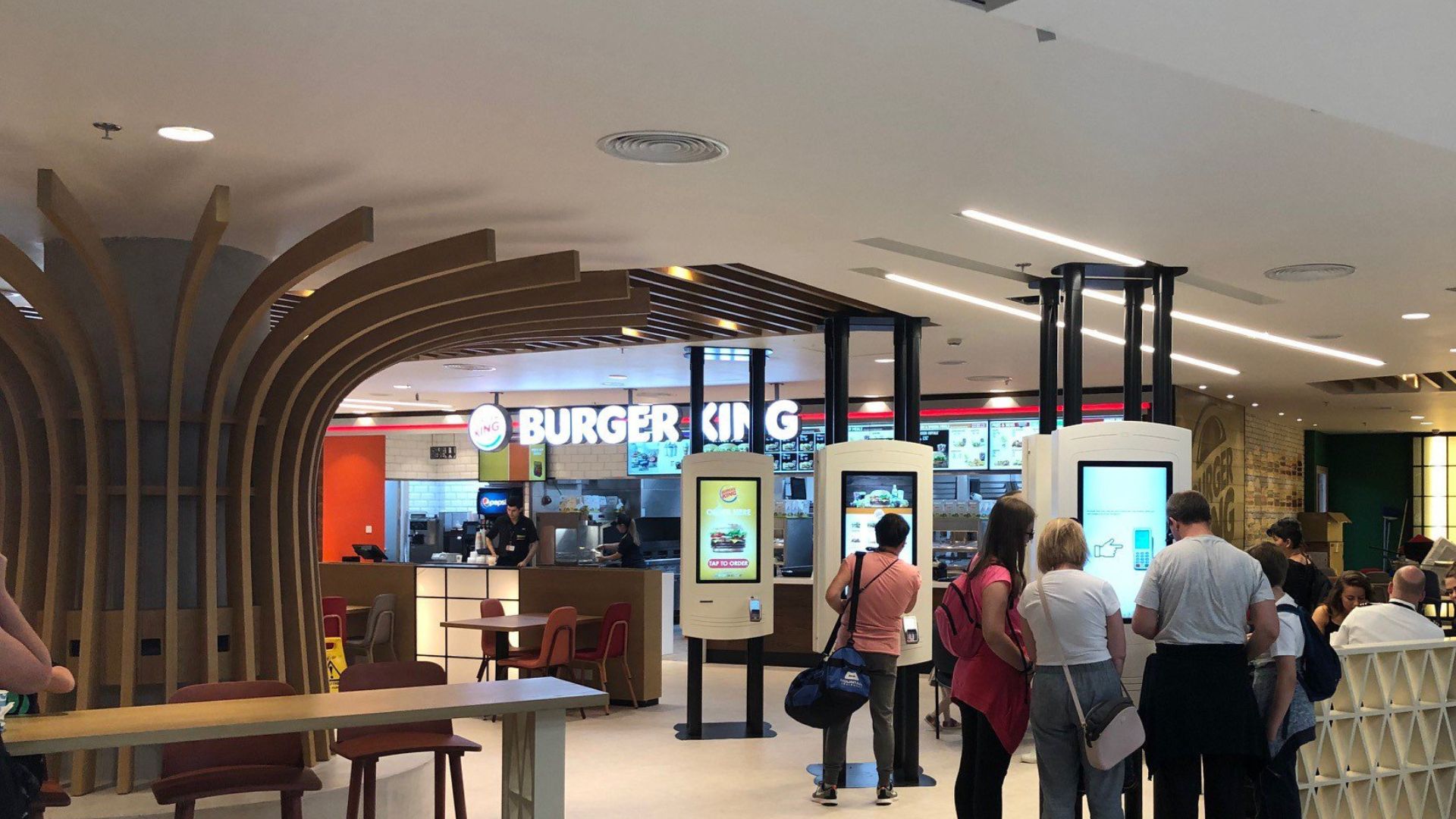
Ghai is adamant about the benefits of a full-scale kiosk rollout.
“It’s making more sense for us to just roll that across the business in its entirety,” he affirmed, seeing this move as a critical adjustment to keep his business viable and competitive.
Balancing Act Between Prices and Patrons
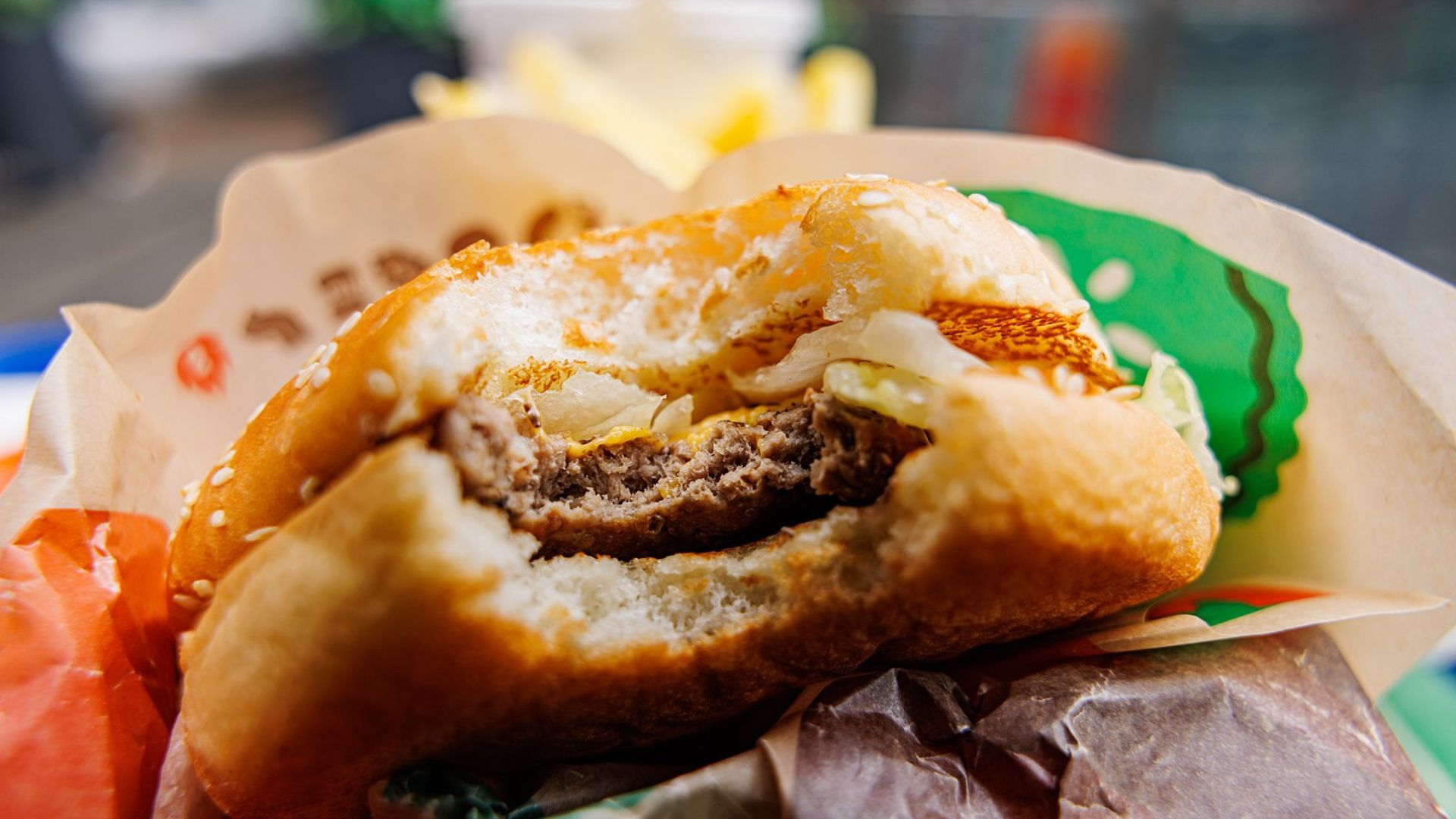
Ghai is keenly aware of the delicate balance between raising prices and maintaining customer flow.
He explained that his measures are designed to mitigate the “significant impact to our traffic” that further price increases could cause.
The Future of Fast Food
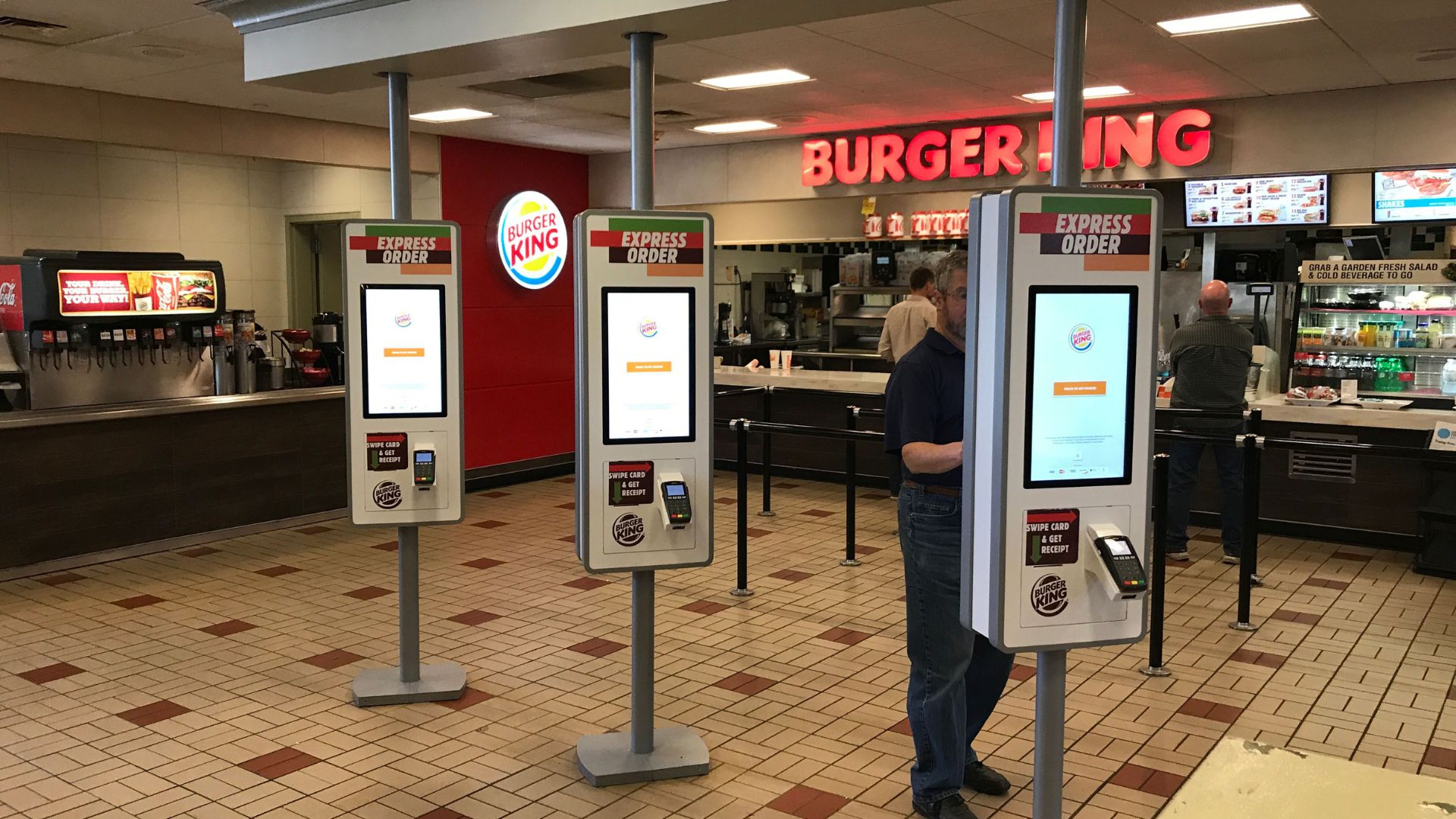
As Ghai forges ahead with these sweeping changes, the landscape of fast food in California is set for a high-tech overhaul.
It’s a bold response to a bold new wage law, setting a precedent that might just redefine fast-food economics nationwide.
